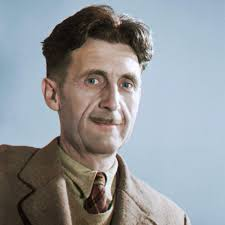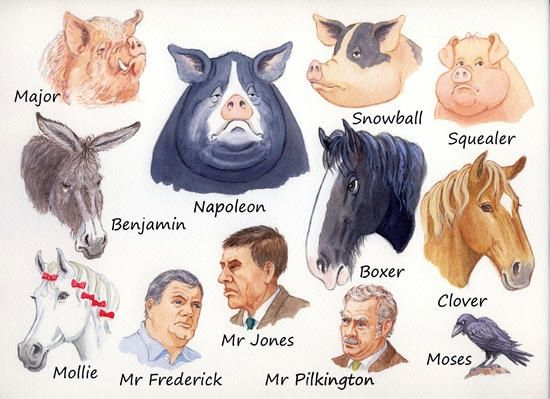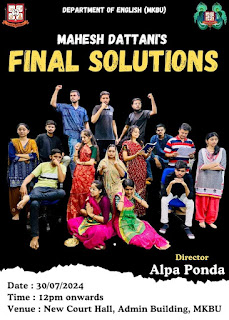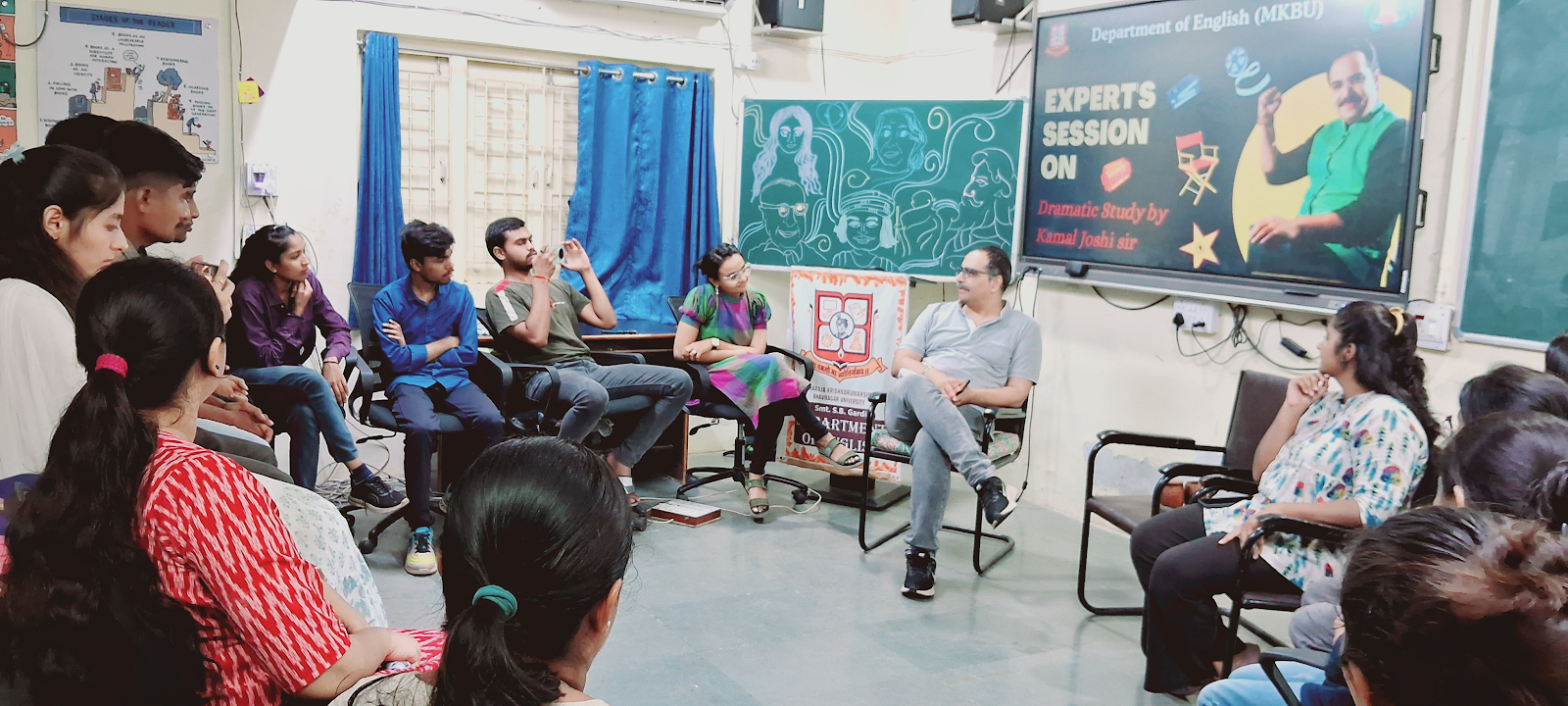Lord of the Flies - William Golding

Inroduction :
William Golding’s Lord of the Flies is a novel that delves into the depths of human nature, exploring the thin veneer of civilization and the underlying primal instincts that can surface when societal structures break down. Published in 1954, this dystopian novel has captivated readers for decades with its haunting portrayal of innocence lost and the innate capacity for savagery within all of us.
William Golding :

Education:
- Attended Marlborough Grammar School.
- Studied natural sciences at Brasenose College, Oxford, before switching to English literature.
- Graduated in 1935 with a Bachelor of Arts degree in English and a diploma in education.
Early Career: Worked in various professions including acting, teaching, and writing for the stage before the war.
World War II:
- Joined the Royal Navy in 1940.
- Served on a destroyer involved in significant battles, including the sinking of the Bismarck and the D-Day invasion of Normandy.
- The war experience deeply influenced his views on human nature.
Post-War Career:
- Returned to teaching English and philosophy at Bishop Wordsworth's School in Salisbury.
- Began writing Lord of the Flies during this time.
Literary Success:
- Lord of the Flies published in 1954, initially rejected by several publishers but eventually became a bestseller and a modern classic.
- Known for exploring themes of human nature and civilization.
- Other notable works include The Inheritors (1955), The Spire (1964), and Rites of Passage (1980).
Awards:
- Won the Booker Prize in 1980 for Rites of Passage.
- Awarded the Nobel Prize in Literature in 1983.
- Knighted by Queen Elizabeth II in 1988.
Characters :

Piggy: An intelligent, pudgy boy with asthma, Piggy is an outsider among the boys but is valued for his ideas. He represents civilization and rationality but is eventually killed by Roger, symbolizing the triumph of savagery over order.
Jack Merridew: The leader of the choirboys, Jack is obsessed with hunting and power. He represents chaos and anarchy, ultimately leading the boys into savagery and violence.
Simon: A quiet, introspective boy who has a deep connection with nature. Simon represents the spiritual side of humanity. He discovers the "beast" is actually a dead pilot but is killed by the other boys in a frenzy, symbolizing a Christ-like martyrdom.
Sam and Eric: Twin brothers who remain loyal to Ralph and Piggy. They are often treated as a single entity and represent the loss of individual identity in the group.
Roger: Jack’s cruel henchman, Roger becomes increasingly violent as the story progresses. He is responsible for Piggy’s death and represents the darkest side of human nature.
Maurice: One of Jack’s hunters who takes part in the group’s violent rituals. He symbolizes the unthinking masses who follow the leader without question.
Percival: One of the youngest boys, Percival tries to remember his name and address as a connection to home. His loss of memory by the end symbolizes the complete breakdown of civilization among the boys.
The Beast: A dead pilot mistaken by the boys for a terrifying creature. The beast symbolizes the boys’ fears and the savagery that lurks within them.
The Lord of the Flies: A pig’s head on a stick, left as an offering to the beast. It symbolizes the evil and savagery that have taken over the boys.
Naval Officer: The officer who rescues the boys at the end. He mistakenly believes the boys were just playing games, highlighting the contrast between the boys’ brutal reality and adult perceptions of civilization.
During an unnamed war, a plane carrying a group of British schoolboys crashes on a deserted island in the Pacific. The pilot dies, but many of the boys survive and find themselves alone without any adults to guide them. The story begins by introducing Ralph, one of the oldest boys, who is confident and good-looking, and Piggy, a chubby boy with asthma who, despite being teased, is smart and practical.
Ralph discovers a conch shell and uses it to gather the other boys on the island. Among them is Jack Merridew, a tough and aggressive boy who leads a choir group. The boys elect Ralph as their leader, and he, along with Jack and another boy named Simon, explores the island. They find that it’s truly deserted and realize they need to find food. During their exploration, they come across a pig, but Jack hesitates and doesn’t kill it.
Back at their camp, Ralph holds a meeting to establish rules for survival. Jack agrees with Ralph, as he likes the idea of punishing rule-breakers, but Piggy points out that they should focus on long-term survival needs, like building shelters. Ralph suggests building a fire on the mountain to signal any passing ships, and the boys use Piggy’s glasses to start it. However, Piggy worries about the lack of organization, noting that they haven’t even counted how many boys there are, and one boy might already be missing.
While Ralph focuses on building shelters, Jack becomes obsessed with hunting. The younger boys, called "littluns," mostly play and eat fruit, while the older boys start to lose interest in their tasks. One day, a ship passes by, but the signal fire has burned out because Jack and his hunters were too busy killing a pig. This leads to a fight between Jack and Piggy, during which Jack breaks one of Piggy’s glasses. The hunters start chanting, "Kill the pig. Cut her throat. Bash her in," celebrating their kill with a wild dance.
Ralph becomes worried about Jack and the hunters' increasingly violent behavior and calls a meeting. He stresses that the fire is their only hope for rescue and that they need to work together. However, Jack dismisses the rules and takes some of the boys on a hunt for a supposed "beast" on the island. Piggy warns Ralph that if Jack becomes the leader, they might never get rescued.
One night, during an aerial battle, a dead pilot parachutes onto the island. The boys mistake his body for the beast. Jack leads another hunt, but when Ralph tries to assert his authority, Jack challenges him, and most of the boys join Jack’s tribe. Jack’s group kills another pig and offers its head as a sacrifice to the beast. Simon, who has been meditating in a quiet spot, finds the pig’s head surrounded by flies and imagines it speaking to him, revealing that the real "beast" is the evil inside the boys themselves.
Simon later discovers the dead pilot and realizes the truth. He rushes to tell the others, but in their fear and frenzy, they mistake him for the beast and kill him. The next day, Ralph, Piggy, and the twins, Sam and Eric, try to keep the signal fire going, but Jack’s hunters attack them, stealing Piggy’s glasses to start their own fire.
Ralph and Piggy decide to confront Jack and his tribe. They go to Jack's camp and try to reason with him, but Jack refuses to listen. Roger, one of Jack's followers, pushes a large rock off a cliff, killing Piggy and shattering the conch shell, which symbolized order. Jack declares himself the new leader and hunts Ralph, who barely escapes.
In the end, as the boys set the forest on fire to smoke Ralph out, he collapses on the beach, exhausted and terrified. A naval officer arrives, having seen the smoke from the fire, and rescues the boys. The officer, thinking the boys were just playing games, scolds them for their behavior. As they prepare to leave the island, Ralph weeps for the loss of his friend Piggy and the end of their innocence.
Themes :
- Civilization vs. Savagery: At its core, Lord of the Flies is a commentary on the fragile nature of civilization. The boys’ gradual descent into savagery illustrates how easily the rules and norms of society can break down when there is no one to enforce them.
- Innate Human Evil: Golding suggests that evil is an inherent part of human nature. The boys’ actions, from the killing of Simon to the hunting of Ralph, reveal the darkness that lies within everyone when stripped of societal constraints.
- Loss of Innocence: The boys start as innocent children, but the island's harsh conditions and their own primal instincts quickly erode this innocence. The novel highlights the loss of childhood purity as they become increasingly violent and ruthless.
- The Power Struggle: The struggle between Ralph and Jack represents the conflict between order and chaos, rationality and impulsivity, civilization and barbarism. This power struggle is a microcosm of the broader conflicts that have plagued humanity throughout history.
The Human Condition
Golding's portrayal of the boys' descent into savagery is a stark reminder of the potential for evil within all of us. The novel challenges readers to reflect on the thin line that separates civilization from chaos, order from anarchy, and morality from immorality. It forces us to consider the consequences when the structures that maintain societal order are stripped away.
Lord of the Flies is more than just a story about boys on an island; it is a profound exploration of the human condition. Golding’s pessimistic view of humanity is unsettling, yet it compels us to confront the darker aspects of our nature. The novel remains relevant today, as it speaks to the ongoing struggles within society—whether in the form of political conflicts, social unrest, or the constant battle between good and evil within ourselves.
Conclusion
William Golding’s Lord of the Flies is a timeless classic that continues to resonate with readers because of its powerful exploration of human nature. It is a sobering reminder of how quickly civilization can crumble and how easily the darkness within us can emerge. As we navigate the complexities of the modern world, Golding’s novel serves as a cautionary tale about the fragility of order and the ever-present potential for chaos.


























